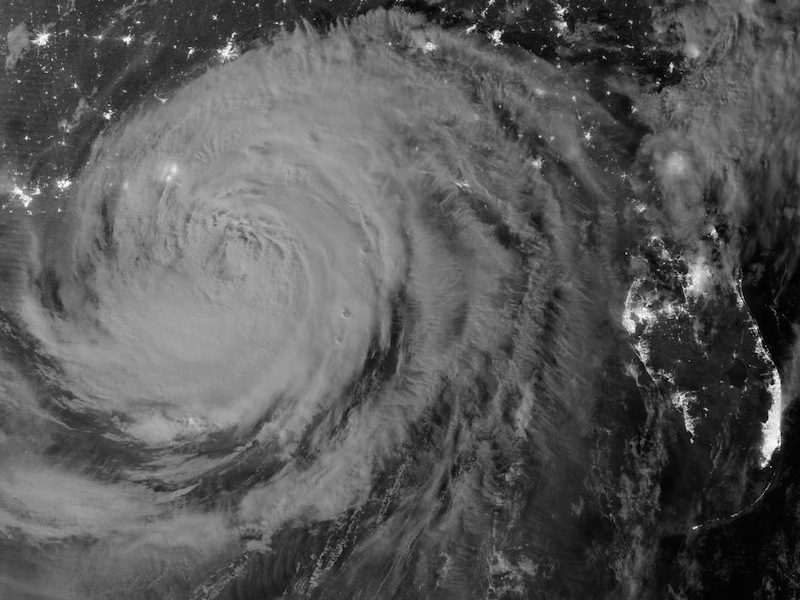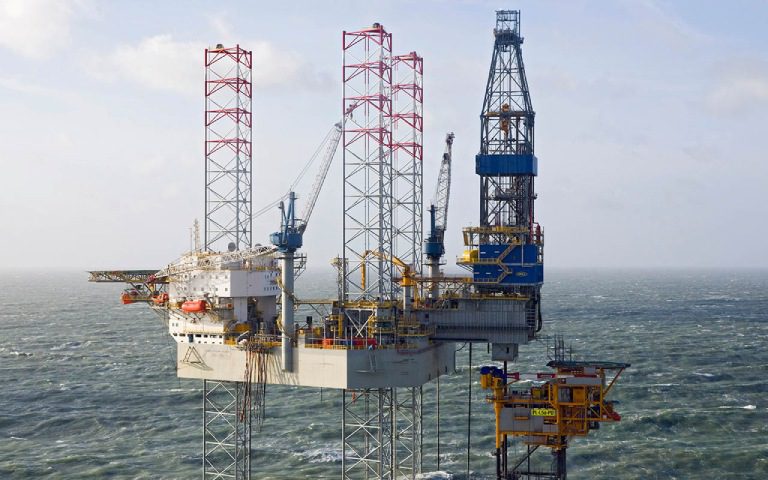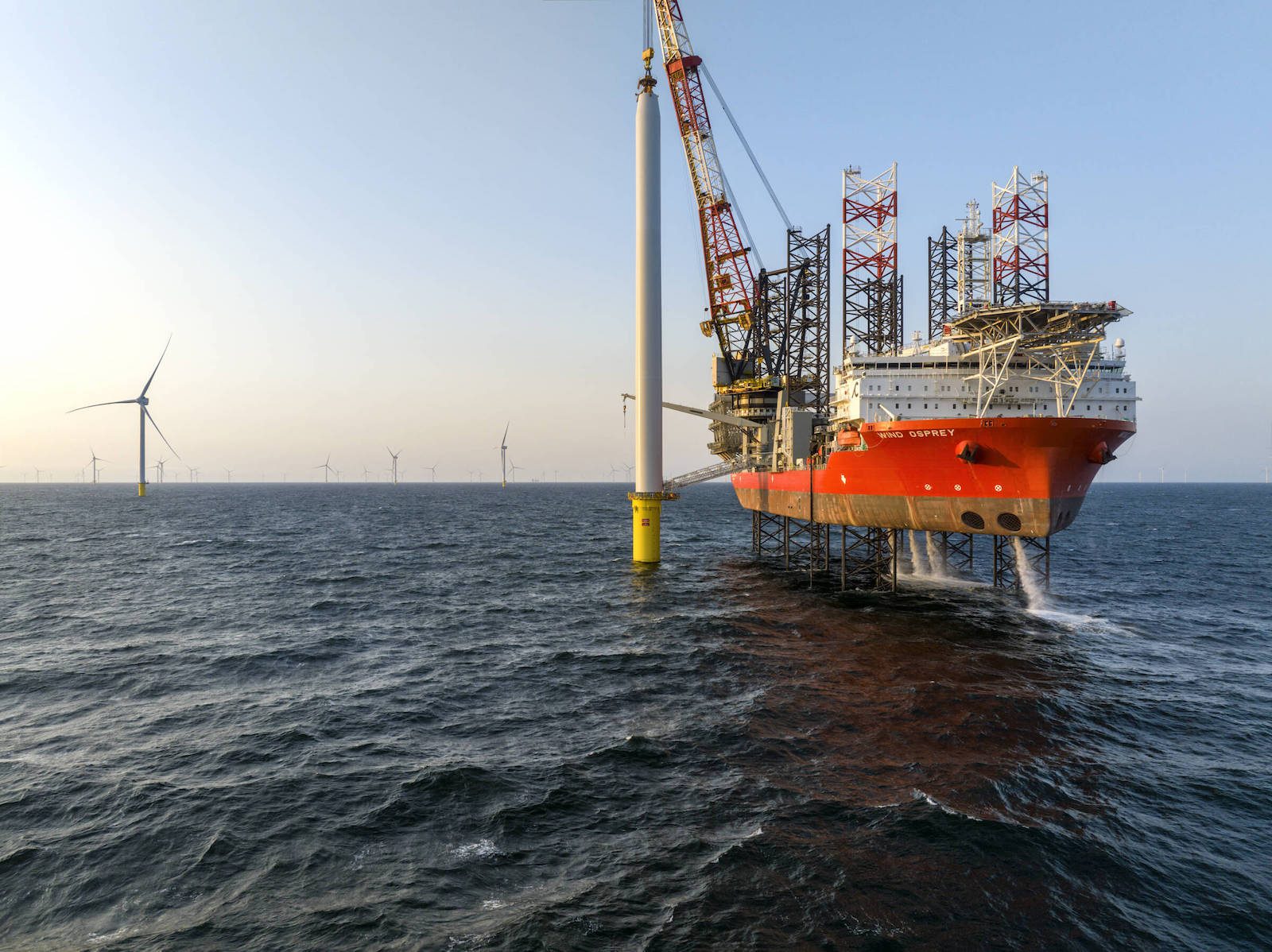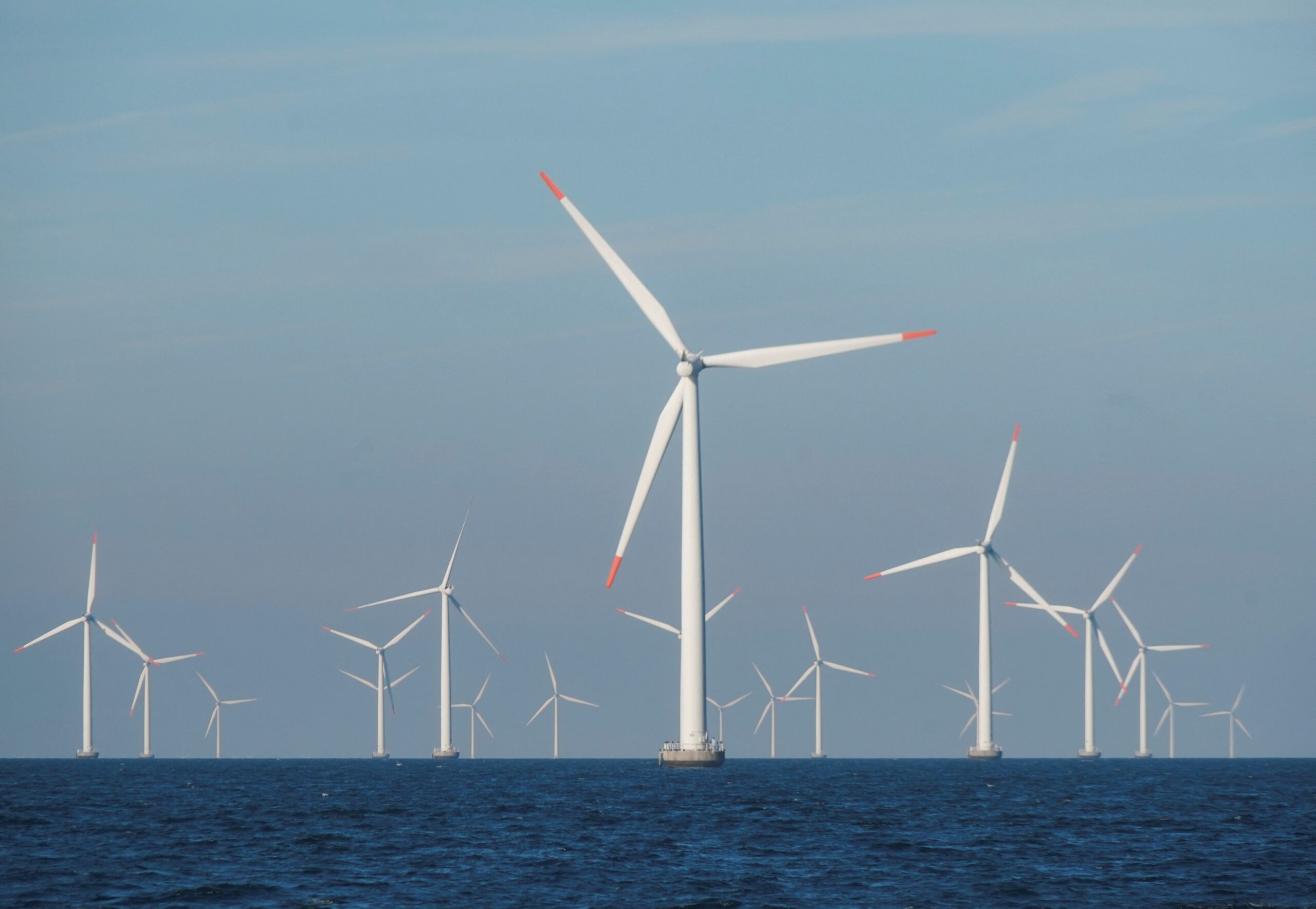Isaac at Night. NASA image acquired August 28, 2012
BSEE reports that all dynamically positioned drilling rigs in the U.S. Gulf of Mexico moved off location prior to the storm and have been accounted for.
(Bloomberg) — Hurricane Isaac was downgraded to a tropical storm as it weakened over Louisiana, where it will linger with heavy wind-driven rain for two days while easing the threat to offshore energy production.
Crude oil fell in New York after Isaac’s landfall reduced concern that the storm would damage platforms and rigs in the Gulf of Mexico.
Isaac has halted 95 percent of U.S. oil production in the Gulf and 72 percent of natural-gas output, the Bureau of Safety and Environmental Enforcement said today. Six Louisiana refineries were shut and three were running at reduced rates, idling 6.7 percent of U.S. capacity, according to data compiled by Bloomberg.
“Even though Isaac is no longer a hurricane, life- threatening hazards from storm surge and inland flooding are still occurring,” the National Hurricane Center said.
Isaac, pounding the New Orleans area on the seventh anniversary of Hurricane Katrina, was 50 miles (80 kilometers) west-southwest of the city with top winds of 70 miles per hour, down from 80 mph at landfall, according to an NHC advisory at 2 p.m. local time. The system was moving northwest at 6 mph.
As of the latest update at 11 am CDT BSEE also confirmed that all mobile offshore drilling units (MODUs) in the U.S Gulf of Mexico are keeping station. MODUs include both jackup and moored drilling rigs.
Crude oil for October delivery declined 84 cents, or 0.9 percent, to settle at $95.49 a barrel on the New York Mercantile Exchange. Prices also fell after stockpiles rose unexpectedly.
Gulf Energy
The Gulf region is home to 23 percent of U.S. oil output, 7 percent of natural gas and 44 percent of refining capacity.
“In the oil-rig areas, the conditions there aren’t going to let up until Friday,” said Jeff Masters, co-founder of Weather Underground in Ann Arbor, Michigan. “The winds over the water are going to be stronger than over the land. They are just going to have to wait. It’s going to be a patience game with this storm.”
Enbridge Inc. declared force majeure on the Manta Ray and Garden Banks offshore natural gas pipeline systems because of Hurricane Isaac, according to a notice on the company’s website.
The Louisiana Offshore Oil Port suspended all operations from its offshore terminal and onshore storage, Barb Hestermann, a company spokeswoman, said in a message posted on the company’s website as of 10:30 a.m. local time.
Refiners in the area will probably take little damage from the storm, said Jim Rouiller, senior energy meteorologist at Planalytics Inc. in Berwyn, Pennsylvania.
Production Outlook
“I believe it’s likely that the remainder of the energy- production infrastructure across the northern Gulf will have little in the way of damage from Isaac and should be up and running by Friday,” Rouiller said.
Isaac unleashed a storm surge into southern Louisiana and Mississippi that is raising sea levels to 12 feet (3.7 meters) above normal. The rising water pushed over the top of a levee in Plaquemines Parish.
Seven to 14 inches of rain may fall and some areas may receive as much as 20 inches, the hurricane center said.
“It’s moving very slowly, it’s just drifting about the south Louisiana coastline, so they’re just going to get pounded with wind and rain for quite some time now,” said Dan Pydynowski, a meteorologist at AccuWeather Inc. in State College, Pennsylvania. “The areas that are getting hit hard right now will continue to take a pounding through most of the day today.”
Threat Lingers
Pydynowski said that since the storm is lingering near the coast, it will take some time to weaken. It may retain its hurricane strength for hours because the swampy land of southern Louisiana is full of warm water that can provide fuel, he said.
All hurricane warnings and watches were dropped when Isaac was downgraded. A tropical storm warning is in effect from Cameron, Louisiana, to the Alabama-Florida line.
Hurricane Katrina stuck New Orleans and the Gulf Coast on Aug. 29, 2005, swamping the city’s levees and killing more than 1,800 people.
Tropical Storm Kirk, the 11th named Atlantic weather system this year, is 1,135 miles east-northeast of the northern Leeward Islands and no threat to land, the National Hurricane Center said in a separate advisory. It has maximum sustained winds of 45 miles per hour and is moving at 12 miles per hour.
-By Brian K. Sullivan and Matthew Brown. Copyright 2012 Bloomberg

 Join The Club
Join The Club











